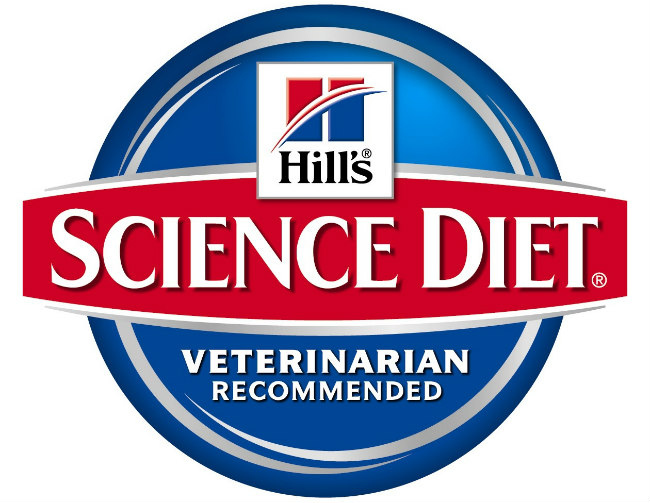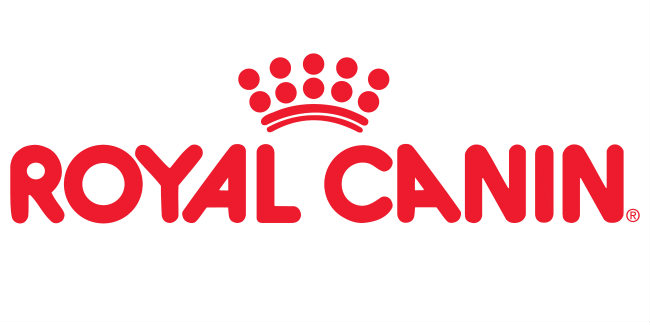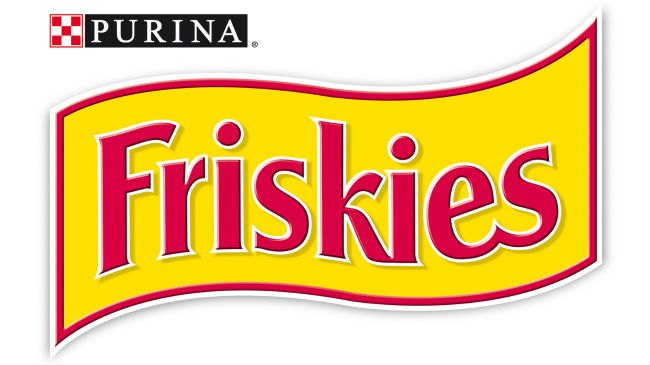Understanding what kind of food your cat likes makes it easier for you to choose the right cat formulas. Chicken flavored formulas are some of the favorites for most cats. The best chicken formulas are the ones with real chicken chunks as cats are carnivorous by nature.
The Science Diet Adult Tender Chicken Dinner is one of the many chicken based formulas in the market today. A look at the company’s website reveals that this formula offers your cat all rounded nutrition for healthy development. The company claims that the formula contains roasted chicken chunks in gravy.
Is this the best chicken flavored formula for your chicken loving cat?
Ingredients in Science Diet Adult Tender Chicken Dinner
Water, Chicken, Liver, Egg Whites, Wheat Flour, Wheat Gluten, Dextrose, Rice Starch, Oat Fiber, Chicken Liver Flavor, Soybean Oil, Titanium Dioxide (color), Dicalcium Phosphate, Fish Oil, Potassium Chloride, Choline Chloride, Calcium Carbonate, L-Lysine, Iodized Salt, Taurine, Guar Gum, Vitamin E Supplement, Calcium Chloride, Thiamine Mononitrate, Caramel (color), Zinc Oxide, Ferrous Sulfate, Ascorbic Acid (source of vitamin C), Niacin, Copper Sulfate, Beta-Carotene, Manganous Oxide, Pyridoxine Hydrochloride, Calcium Pantothenate, Vitamin B12 Supplement, Riboflavin, Biotin, Vitamin D3 Supplement, Folic Acid, Calcium Iodate.
An overview of the first five ingredients
Water
As you might expect, water is mostly added for moisture and cooking purposes. It does not add any nutritional value to the food.
Chicken
Chicken is a very popular ingredient for pet food and in this case, they are referring to whole chicken. This is a very high quality meat source and we are pleased to see it listed. However, whole chicken loses about 80% of its content during the cooking process since the majority of whole chicken is water. After the cooking process is complete, the amount of whole chicken remaining is substantially reduced. Therefor, while whole chicken is a great source of meat protein, this ingredient alone is not enough to provide sufficient levels of meat protein in a cats diet.
Liver
In the wild, cats almost always eat the liver of their prey. It is a rich source of vitamin A which cats must obtain from their food since they can’t make it in their bodies. This is also a good secondary source of protein. If cats consume too much liver, it could cause toxicity, but the amount needed for liver to become toxic to cats is very high. Liver is provided in safe quantities in this cat food blend.
Egg Whites
Egg whites are eggs that have been separated from the yolk. They provide a high amount of protein while at the same time, contain low amounts of cholesterol. Egg whites also contain a number of other nutrients such as potassium, magnesium, calcium, phosphorus, copper, zinc, and iron. Overall this is a nutritious ingredient without much of a health risk.
Wheat Flour
Wheat flour is a powder made from the grinding of wheat. It helps with the cooking process and also helps to increase the nutrient values of the food. However, cats do not digest wheat in the same way they digest other meat based products. Wheat does not provide much nutrition to cats and is considered a lower quality ingredient. Some cats have problems digesting wheat and others may experience allergic reactions to this ingredient. In lower quantities, this is considered to be a safe ingredient for cats, but it isn’t considered to be a high quality or nutritious ingredient, either.
Other ingredients in this formula
Wheat Gluten
We don’t think any grain is “good” for your cat. It doesn’t mean wheat gluten is “bad” for your cat, either, but the fact it provides almost no nutritional value makes us question the quality of the ingredient. Wheat gluten can be a decent protein source for animals with digestive systems that can break it down, but as obligate carnivores, cats are not one of those animals. Their digestive systems produce only the enzymes necessary for processing animal-based proteins. There are also some allergy risks associated with wheat gluten. In addition, too much of this in a cats diet can potentially lead to weight gain and diabetes. Unfortunately, diabetes in cats is a very serious health problem, so it is important to keep a close eye on your cats weight and diabetic risk when feeding a cat food containing ingredients like wheat gluten.
Dextrose
Dextrose in food is a simple sugar. It is actually a type of glucose, which is a monosaccharide that is widely found in nature and is used by nearly every living organism as a source of energy at the cellular level. This ingredient could be added as a flavor enhancer. In addition, this ingredient is thought to be a stress reducer in cats. Like most sugars, any cats with diabetes should not be fed this ingredient. Many adult cats suffer from diabetes, so it’s important to keep your cats blood sugar level in healthy limits.
Rice Starch
This ingredient doesn’t add any nutritional value to the food. It is used more as a thickening agent and for texture in the food. One of the reasons they use rice is because fewer cats have allergic reactions to this grain than other grain based starches.
Oat Fiber
Oat fiber is produced from food-grade oat hulls and is mostly added for texture and binding purposes. It is sometimes used to help give food a lighter and browner color as well. Cats and dogs have no absolute physiologic need for this ingredient, although animals eating processed commercial foods appear to benefit from the addition of fiber.
Health conditions likely to be caused by this ingredient
From the list of ingredients, it is clear that there are a few health conditions that can result from feeding your cat on this formula. This formula can cause allergies, diabetes and weight gain. However, since this is a dinner meal, it is unlikely that your cat will develop any of these conditions. Feeding the cat on this formula as the only meal is the only time your cat would be prone to these conditions.
Other harmful ingredients found in cat formulas
Animal by-products – One of the worst meat ingredients found in pet food today is animal by product. It’s true that this ingredient provides a very high amount of meat protein that cats need to thrive. However, animal by products are considered to be the lowest form of meat and it isn’t even approved for human consumption. Animal by-products are carcasses and parts of carcasses from slaughterhouses, animal shelters, zoos and veterinarians, and products of animal origin not intended for human consumption, including catering waste. Legally, this ingredient can even contain roadkill or euthanized animals. This ingredient may also contain what is called “4D meat” which is what the USDA (United States Department of Agriculture) calls cattle that is dead, dying, disabled or diseased. This meat is considered unfit for human consumption, but is typically found in many pet food products. This is not something we recommend you feed your cat or any other pet.
Artificial coloring and flavoring – Both artificial and natural flavor ingredients are considered to be lower quality ingredients. Artificial flavor is usually derived from petroleum. Most have not been studied for safety or toxicity. They are all synthesized chemicals that don’t even have common names. Most artificial flavors actually contain many chemical ingredients, not just one. Many of those chemicals are volatile. Both natural and artificial flavors are chemical based ingredients and we don’t get all that excited when we see either one of those ingredients listed. Both of these ingredients have potential allergy risks and other possible health problems in cats.
We also find it quite irresponsible to include artificial coloring in pet food since the health concerns about these added colors are so controversial. Your cat does not care what color their food is and the only reason artificial coloring is added to this product is for marketing purposes. It makes the food look better to you YOU, the human consumer. Of course, many cat food brands are very defensive about their use of food coloring. Here is an example of how the Purina brand defends their use of fool coloring. Notice how even in their explanation, there is no perceived benefit to these ingredients other than changing the color. There is also a growing amount of evidence to suggest food coloring may be linked to cancer in not just dogs and cats, but also humans. Here is an article that explains a bit further. In short, since there is some controversy surrounding this ingredient, we find it a bit strange that cat food companies would spend money adding this ingredient into a product when at best, it has zero nutritional value for your cat and only has marketing value. At worse, it could pose health risks. It just doesn’t seem like the risk of including this ingredient is worth it.
BHT/BHA – Both BHA & BHT are preservatives that have been banned in human foods in many countries due to cancer risks. However, they remain approved for use in pet foods. A growing number of pet owners are becoming aware of the potential dangers these ingredients bring and are shunning all foods containing BHA and BHT. A quick internet search on these preservatives will show that the backlash is gaining steam with many cat food companies abandoning these ingredients. BHA and BHT are extremely controversial ingredients in all forms of pet food.
Fortunately, none of these are in this formula.
Conclusion
This formula has some good and bad ingredients. It contains a number of allergens that could cause health complications in your cat. If your cat is prone to allergies, do not feed it on the Adult Tender Chicken Dinner.





